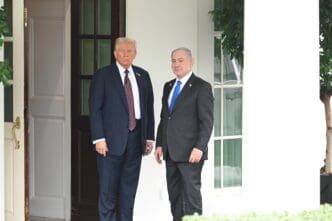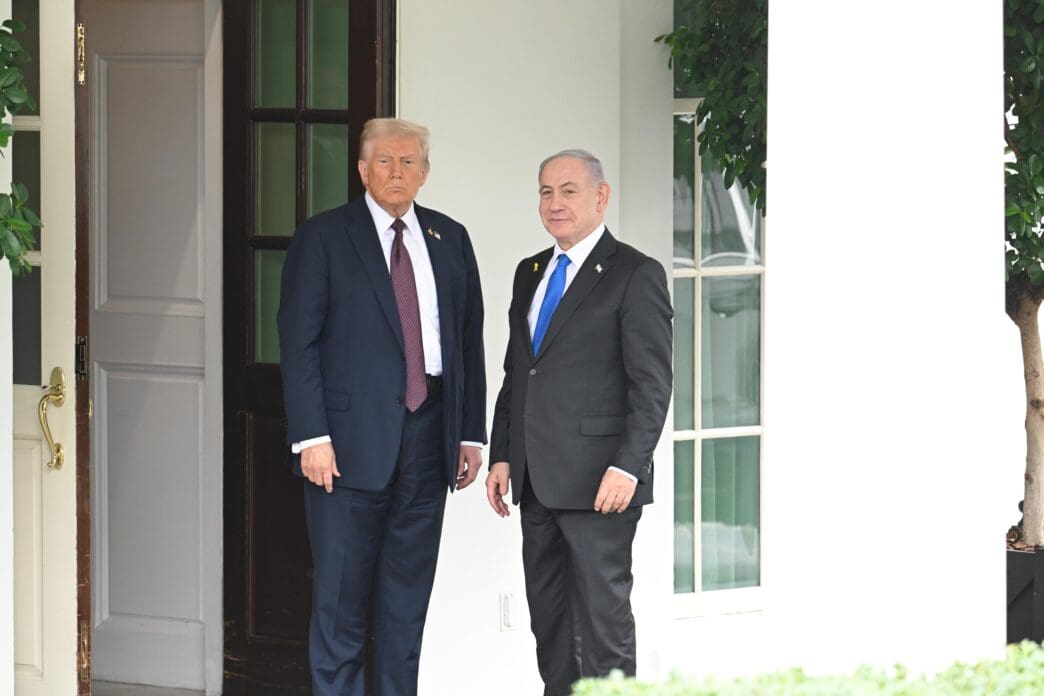Executive Summary
The Story So Far
Why This Matters
Who Thinks What?
President Donald Trump unveiled a 20-point peace plan for Gaza on Monday, aiming to bring a comprehensive end to the ongoing conflict. Speaking alongside Israeli Prime Minister Benjamin Netanyahu at the White House, Trump described the proposal as “potentially one of the great days ever in civilization,” suggesting a breakthrough was “beyond very close.” The plan outlines a significant prisoner exchange, an Israeli withdrawal from Gaza, and the establishment of an international stabilization force.
Key Elements of the Proposal
The proposal calls for Israel to release 250 Palestinian prisoners, including those with life sentences and 1,700 detained since the war began. In exchange, Hamas would be required to free 48 hostages, with 20 believed to be alive.
A contentious element of the plan offers amnesty to Hamas members who commit to peaceful co-existence and agree to decommission their weapons. Furthermore, all Hamas infrastructure, both above and below ground, would be destroyed under independent monitoring and not rebuilt.
Under the security framework, Israel would gradually withdraw from Gaza as a temporary International Stabilization Force (ISF), led by Arab partners, assumes security responsibilities. A Palestinian committee, overseen by an international “Board of Peace,” would manage Gaza until a reformed Palestinian Authority is prepared to take over. The plan also acknowledges the aspiration for a Palestinian state and seeks to provide a “credible pathway to Palestinian self-determination and statehood.”
Reactions and Next Steps
Prime Minister Netanyahu expressed support for the plan, though official Israeli acceptance requires a formal cabinet vote. The proposal is not yet finalized, allowing Hamas an opportunity to provide feedback and request modifications.
Key mediators, including Qatar and Egypt, are scheduled to hold meetings with Hamas officials in Doha on Tuesday evening to discuss the proposal. Turkey, an ally of Hamas and host to some of its leaders, will also participate in these discussions.
Hamas’ Stance and Dilemma
The plan presents a significant challenge for Hamas, as it appears to cross several of the group’s previously stated red lines, particularly regarding the decommissioning of its weapons and exclusion from future Gaza governance. Experts, such as former Israel Defense Forces intelligence chief Tamir Hayman, anticipate Hamas will reject the proposal.
A critical clause in the plan states that even if Hamas declines the proposal, the increase in humanitarian aid and the transfer of conquered territory from the Israeli military to an international force would still proceed. This provision, according to Hayman and Ofer Guterman, implies that Israel would retain the freedom to continue deploying the IDF to clear Hamas-controlled areas while political and security stabilization efforts advance in cleared territories.
Senior Hamas official Ghazi Hamad reiterated the group’s position in a recent interview, stating that Hamas’s armed wing possesses “a legitimate and legal weapon” against occupation. Hamad affirmed that Hamas would “never surrender” and insisted the group plays a “positive role” that cannot be excluded from Palestinian affairs.
Netanyahu’s Political Calculus
The Trump proposal has garnered widespread international backing, with eight Arab and Muslim nations issuing a joint statement of support, calling it a “path for a just peace on the basis of a two-state solution.” The Palestinian Authority, which governs parts of the occupied West Bank, has also endorsed the plan.
Netanyahu faces a complex political scenario. If Hamas rejects the plan, it would allow the Israeli leader to continue the war with President Trump’s full backing, thereby maintaining the stability of his government with support from his far-right allies.
Conversely, if Hamas accepts the proposal, Netanyahu’s position would become significantly more complicated. While ending the war and securing hostage release enjoys broad public support, his far-right coalition partners, crucial for his government’s survival, would likely withdraw. Such a development could lead to early elections, where Netanyahu currently trails significantly in opinion polls.
International Involvement and Unanswered Questions
The plan mandates a substantial and potentially multi-year international commitment. Arab states are expected to exert pressure on Hamas to accept the proposal and to contribute to the temporary International Stabilization Force. The “Board of Peace,” tasked with overseeing Gaza’s daily governance, would be led by President Trump himself, alongside former British Prime Minister Tony Blair and other heads of state.
Despite its ambitious scope, the Trump proposal lacks crucial details in several key sections. While the timeline for ending the war, freeing Israeli hostages, and releasing Palestinian detainees is delineated within the first few days, this is contingent on approval from both Israel and Hamas. Specifics regarding the process of decommissioning Hamas weapons, including who would carry it out and how, remain broadly defined as an “agreed process” under “independent monitors.” Furthermore, Israel’s full withdrawal from most of Gaza is slated to occur only after an international security force is established and mobilized, a process that could span years.
Palestinian Perspectives
Palestinians in Gaza have expressed mixed reactions to the news of the peace plan. Some residents voiced hope for an end to the conflict, while others conveyed skepticism and distrust regarding President Trump and Prime Minister Netanyahu.
Atta Al Jazzar, a Gaza resident, stated that people “are holding on to hope” for a breakthrough but admitted, “to be honest we do not trust Trump or Netanyahu.” Mohamed Mansour, another resident who lost family in the war, emphasized his desire for any plan that would end the conflict, saying, “We want the war to end today, not tomorrow.” However, Raed Sobh expressed pessimism, citing a lack of trust in President Trump’s past promises regarding Middle East peace.
The ambitious proposal outlines a complex path forward, with its ultimate success dependent on Hamas’s response, the intricate political dynamics within Israel, and the sustained commitment of the international community.








